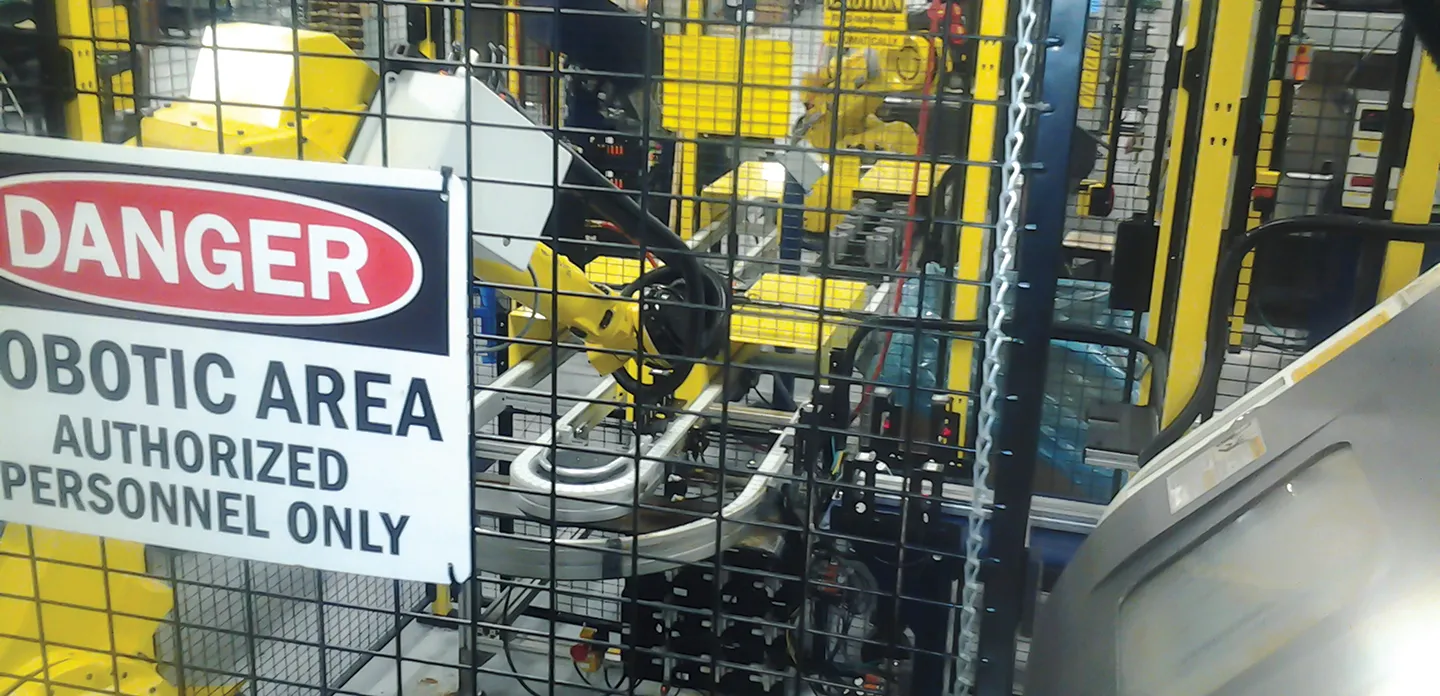CNC Solutions LLC designs, fabricates, and builds factory automation and tooling solutions for leading manufacturers. The company’s core business is electrical and mechanical systems integration and automation for a variety of original equipment manufacturers (OEMs) and end users requiring quality industrial automation and manufacturing engineering services. CNC Solutions is especially adept at applying system integration technologies to provide quality plant automation solutions for both machine and process controls.
With more than 70 years of combined experience in machine tool automation and integration, CNC Solutions strives to keep abreast of the latest design, engineering, and manufacturing technologies in order to provide its customers with a strategic single-source partner for automation integration. The company has utilized SOLIDWORKS mechanical design software for several years, enjoying a range of productivity improvements. CNC Solutions sought to realize additional efficiency gains in electrical design, according to Controls Engineer Shawn Eckhardt.
“We were using AutoCAD® 2D tools to develop schematics for our electrical cabinets and control systems,” Eckhardt recalls. “That approach was both tedious and time-consuming, so we decided to look at more current 3D solutions. In addition to accelerating electrical design and schematics development, we were interested in looking at our electrical cabinets in 3D to automate wire and cable routing, as well as streamline the generation of bill of materials [BOM] information and facilitate more effective collaboration between our mechanical and electrical engineers.”
CNC Solutions evaluated 3D electrical design packages from Autodesk, EPLAN, and DS SOLIDWORKS before choosing SOLIDWORKS Electrical 3D design software. The company chose SOLIDWORKS Electrical because it’s easy to use, fully integrates as an add-in to SOLIDWORKS mechanical design software, and provides automated wire and cable routing and BOM generation capabilities. “Working with a 3D electrical design application that’s completely integrated with our SOLIDWORKS mechanical design system is certainly an advantage,” Eckhardt notes. “However, the big thing was having access to our manufactured parts library so we can more quickly see what we need in terms of control panel and cabinet size.”
SAVING TIME, INCREASING COLLABORATION
Since implementing SOLIDWORKS Electrical 3D design software, CNC Solutions has reduced electrical design time by 50 to 75 percent. The controls and process machinery manufacturer has also enjoyed better collaboration between mechanical and electrical designers—both of whom now work on a common platform—resulting in an improved, integrated approach to the design of its integrated automation systems.
“Implementing SOLIDWORKS Electrical 3D software has improved collaboration, increased efficiency, and allowed us to size our cabinets better,” Eckhardt says. “We can now put actual components in the model instead of square blocks to fit a certain footprint. This provides a more accurate representation of the actual design, resulting in better-looking, more accurate schematics.
“We now can see how everything fits together in 3D and make decisions ahead of time,” Eckhardt continues. “By completing electrical design faster, we can handle more projects, leading to accelerated production and increased throughput.”
